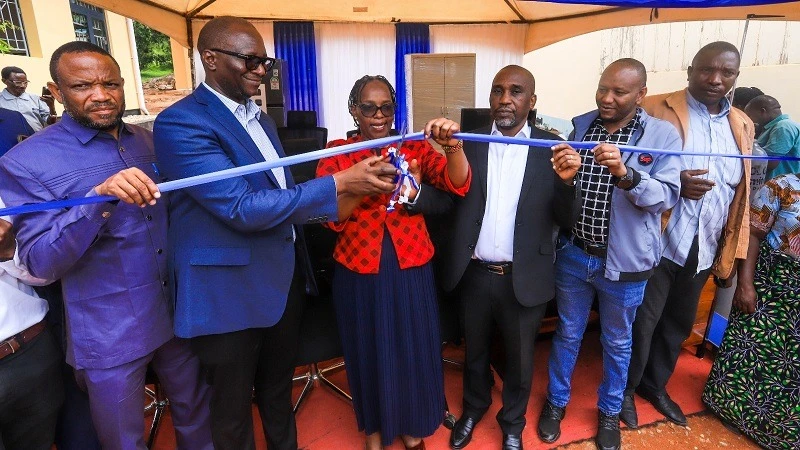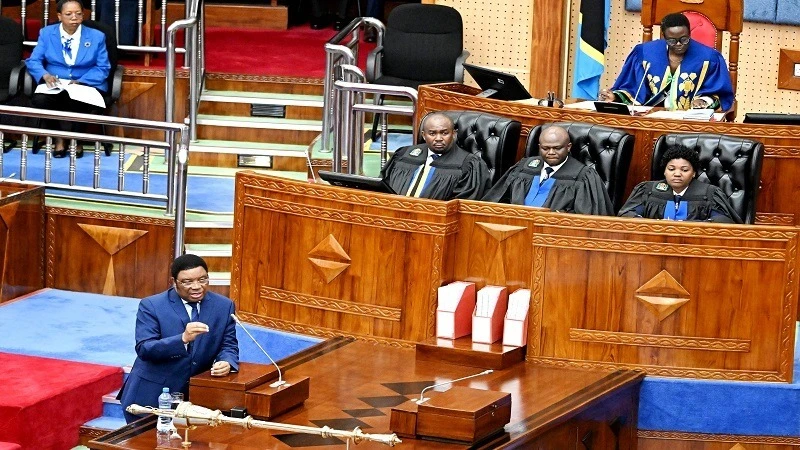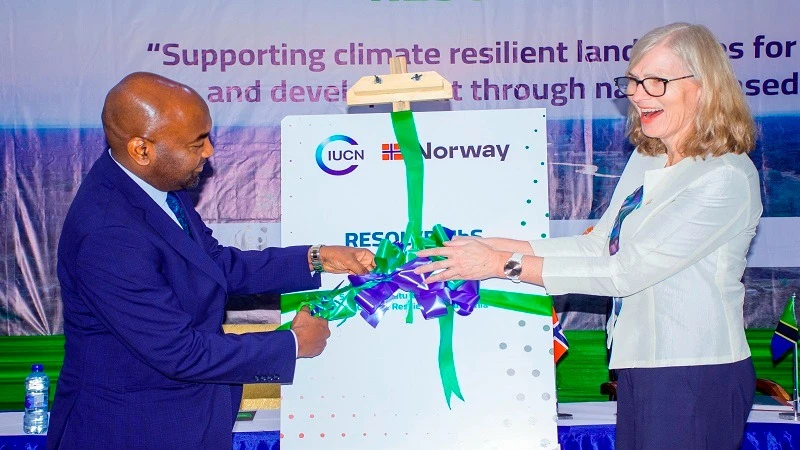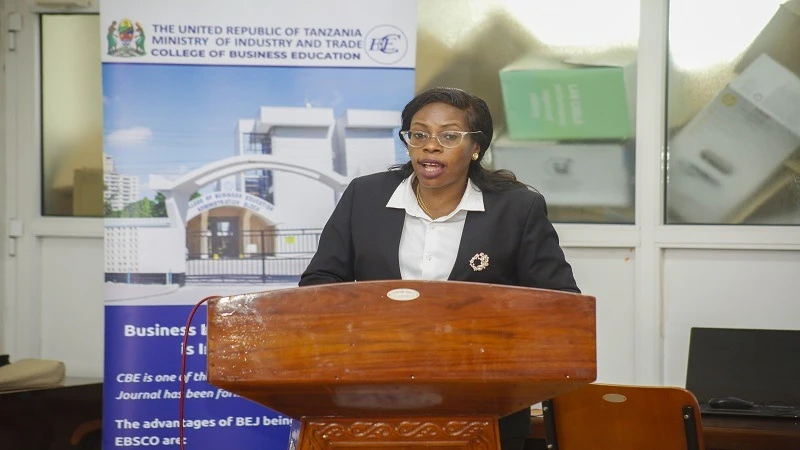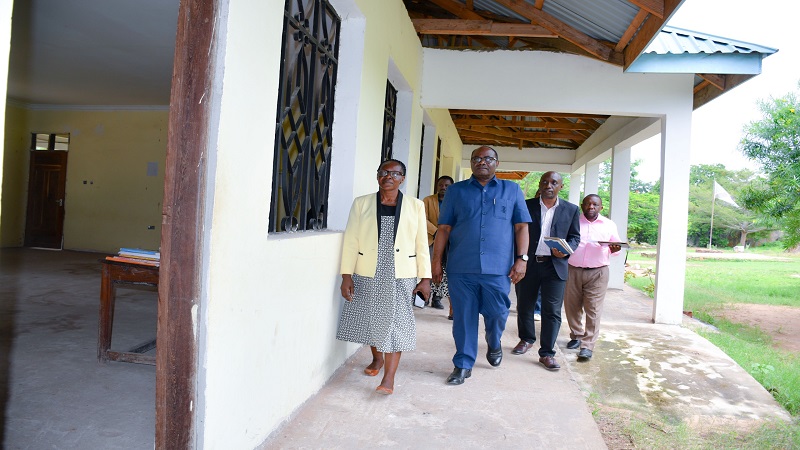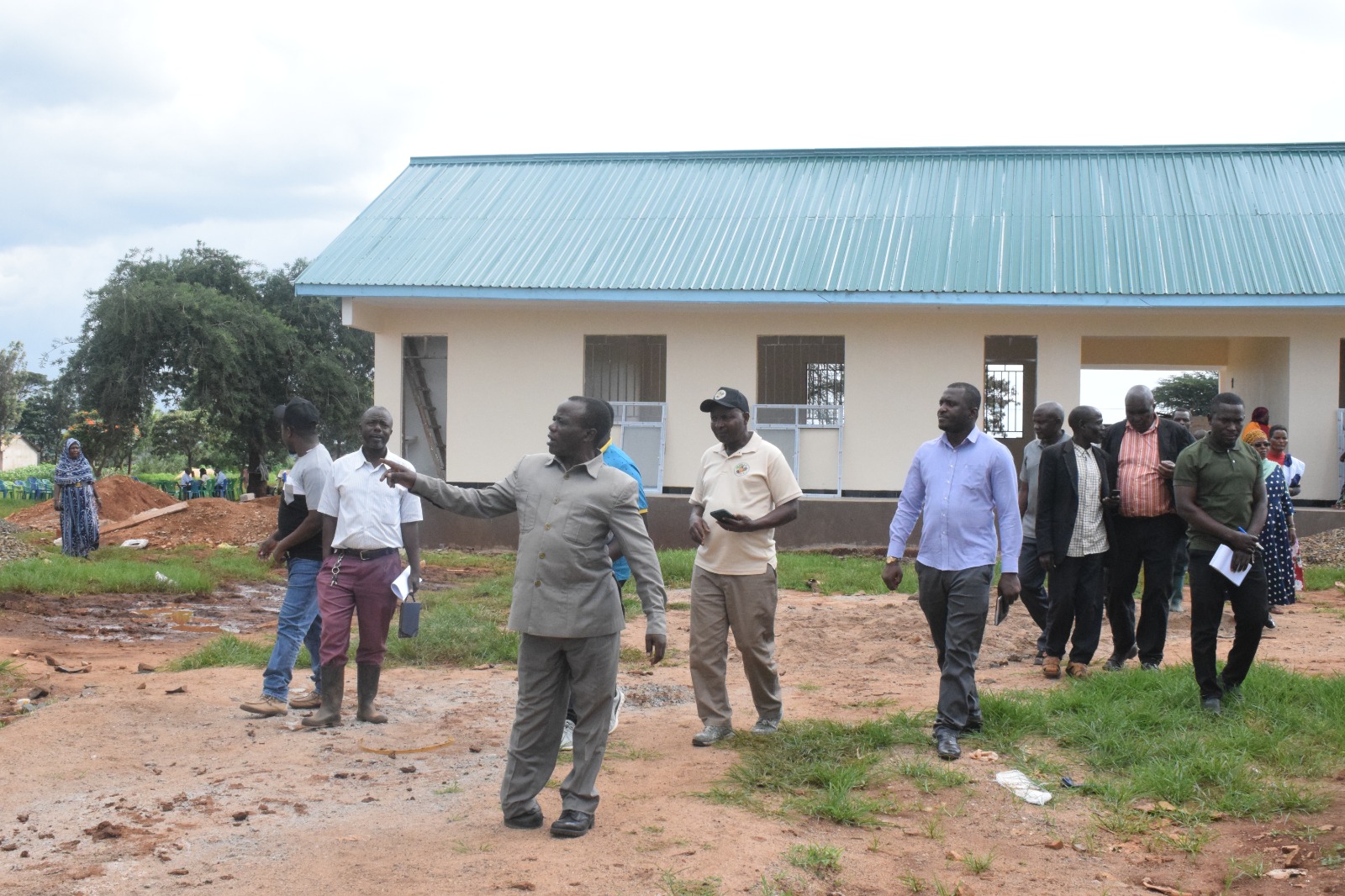Emergency communication plan to ease disaster relief

THE Tanzania Communications Regulatory Authority (TCRA) has developed a countrywide plan for communication through electronic networks during emergencies.
Dr. Jabir Bakari, TCRA director general, unveiled this plan at a press conference in Dar es Salaam yesterday, asserting that
the national emergency telecommunications plan (NETP) was now being designed.
It is meant to identify responder and stakeholder communications capacity and requirements in all stages of disaster management, including mitigation, preparedness, response and relief, along with recovery and rehabilitation, he said.
He described NETP as a strategy to combat challenges resulting from disasters and natural calamities, underlining effectiveness of stakeholder coordination and collaboration during all stages of a disaster.
Describing a disaster as an unforeseen event that causes extensive damage, destruction and human suffering, he said that such events overwhelms existing mitigation capacities.
Disaster responses include installing essential interoperable communications systems to facilitate the work of emergency response personnel, he explained.
NETP is expected to facilitate communications during rescues, he said, pointing at the recent collapse of a commercial building in Dar es Salaam and flooding in Rufiji, Coast Region and the landslide in Hanang, Manyara Region.
The plan identifies capabilities needed by emergency responders to ensure that communication services are available and interoperable before, during and after an emergency arises, he stated
“TCRA will be flexible and expedite the issuance of licences for crucial emergency mitigation services. These include temporary licences for scarce frequency spectrum, numbering resources, electronic equipment type approval, installation and maintenance,” he elaborated.
The main goal is to restore all telecommunications infrastructure and services affected by disasters within 24 hours, he said, urging that stakeholders conduct training and carry out drills on incident responses.
This will also enable them to identify opportunities to improve their capabilities to respond to such events, he said, pointing out that stakeholders are also required to identify, analyse and mitigate risks to emergency communications.
Risk management includes identifying critical ICT infrastructure and equipment that is exposed to natural, technological or operational disasters, he said, noting that NETP takes up emergency communications needs of all stakeholders.
These include government agencies, the private sector and non-governmental organizations (NGOs), he said, listing operability, interoperability and continuity as primary elements of emergency communications.
This requires that service providers provide timely information when disasters strike, he emphasised, asserting that the parties should also review, revise and update their disaster processes whenever they change their network topologies.
TCRA would review the NETP schedule every three years in response to local and global technological changes, while considering the outputs of simulations and disaster response experiences, he added.
Top Headlines
© 2025 IPPMEDIA.COM. ALL RIGHTS RESERVED






